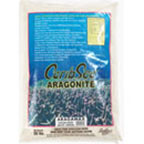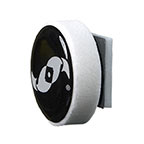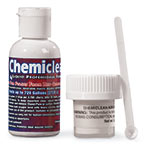
Additional locales and sizes may be available!
Additional locales and sizes may be available! Email me when availableQuick Stats
What do these Quick Stats mean? Click here for more information
What do these Quick Stats mean? Click here for more information
Overview
The Chestnut Cowrie is native to the deeper and colder ocean waters off the coast of California, from Monterey Bay south to central Baja California. This species of Cowrie is a temperate snail that prefers cooler water temperatures, especially by typical saltwater standards. Although they can tolerate water temperatures up to 72 degreases, they are best suited in temperate aquarium that replicate natural environmental conditions found in Southern California with water temperatures the mid-60°F range.
Provide the Chestnut Cowrie with ample hiding places and sufficient room. It is a nocturnal animal by nature; during the day it is found under rocks or resting on soft corals, and at night it forages for food. An aquarium with live rock provides a good environment where it can graze on algae and diatoms growing there. Although mainly herbivorous, when it becomes larger, it may try and feed on sponges and soft corals. If there is insufficient algae, its diet should be supplemented with dried seaweed, tablets, and flaked foods that are eaten off of the bottom.
It is extremely difficult to breed in captivity, and has no distinguishing characteristics to help differentiate it from its mate. It is very sensitive to high levels of copper-based medications and is rather intolerant of higher nitrate levels.
Approximate Purchase Size: Small/Medium: 1" to 2-1/2"











